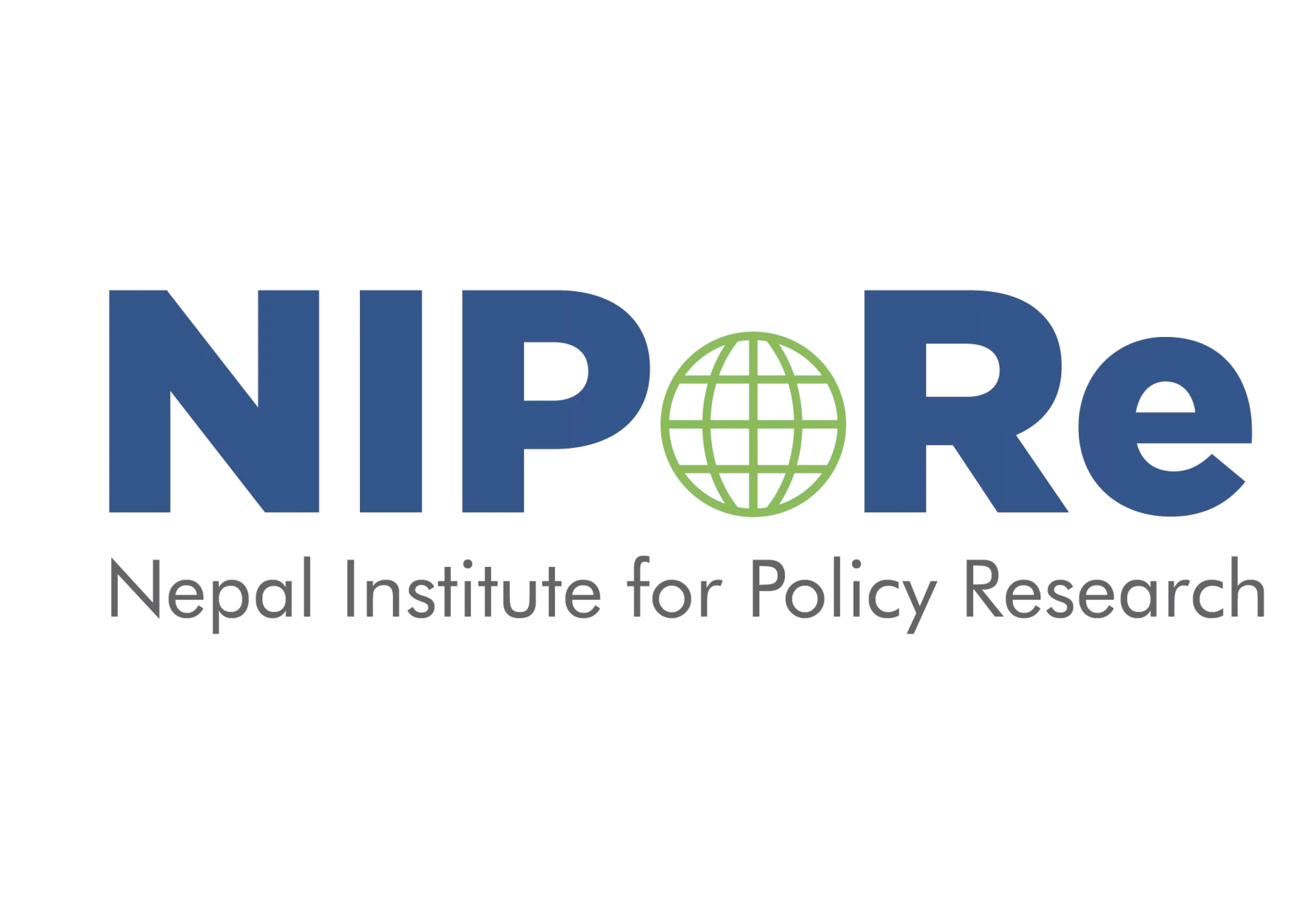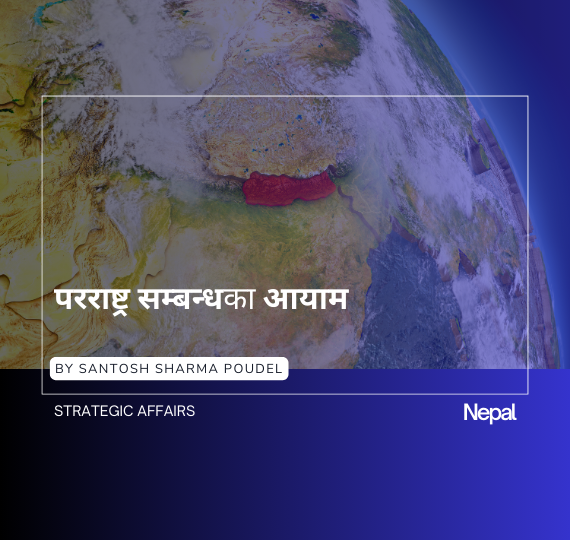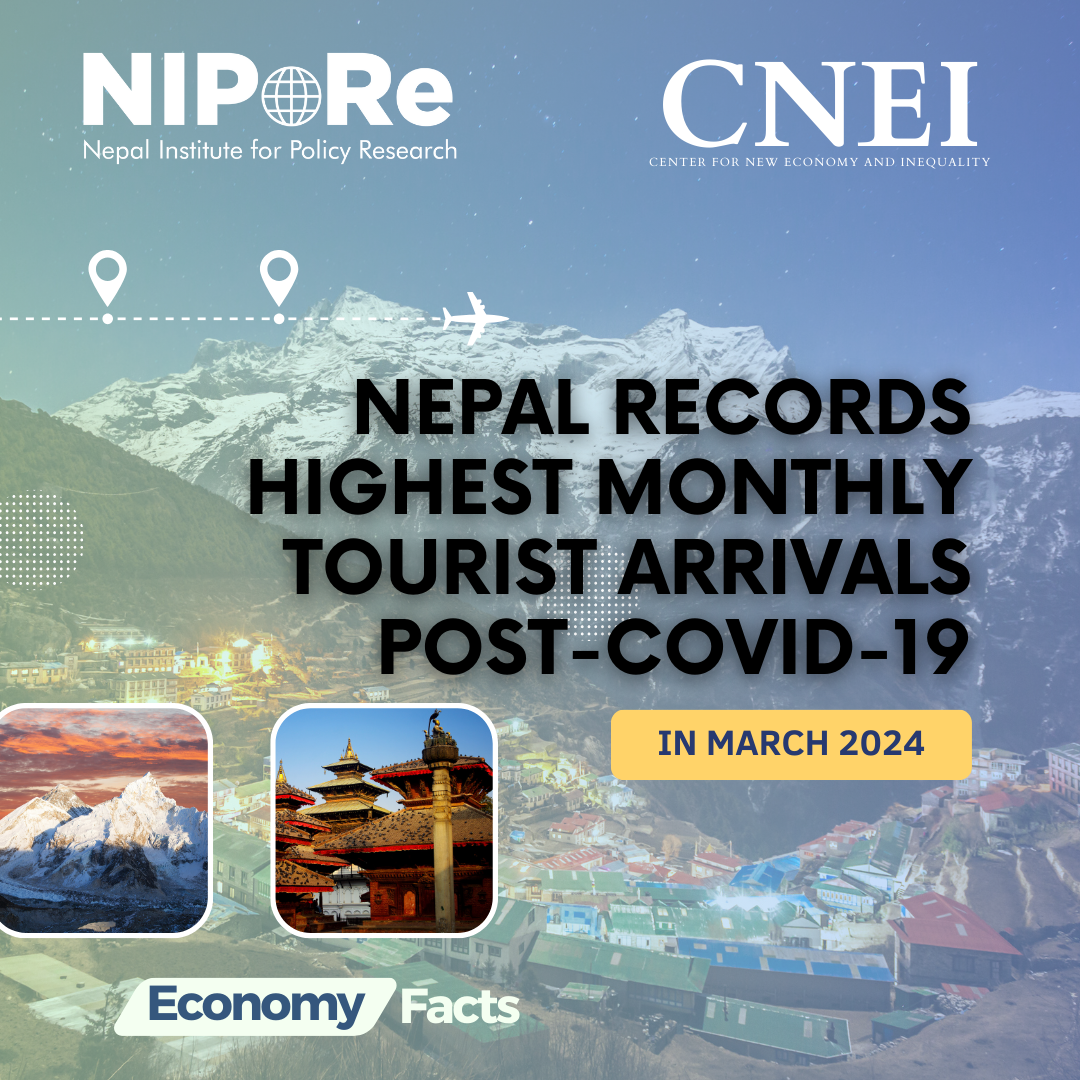NRC0011 – Nepalese foreign policy practice in the 1950s and 60s: special relationship, balance and diversification
Synopsis
In the last Research Commentary, I argued that ‘balancing’ as the framing of Nepal’s foreign policy vis-à-vis China and India is problematic: ill-defined, impossible, undesirable and counter-productive. Instead, I argued that ‘diversification’ is the better way forward. In this commentary, I analyze Nepalese foreign policy during the 1950s and 1960s vis-à-vis China and India through those lenses while also assessing the relative success and/or failure of those policies during this period.
Domestic Political Developments
Nepal went through significant political changes in the 1950s and 1960s. This period was tail ended by autocratic Rana regime and Panchayat system with some democratic practice in between. It started with the first wave of the democratic revolution in Nepal, led by Nepali Congress. It led to the overthrow of 104 years long Rana regime. King Tribhuvan returned to the royal throne after taking refuge in India for a while. This was followed by political instability. In the 1950s, Nepal saw nine governments, twice led by the Kings directly. King Mahendra seized the power in 1960 with a stable regime, but the governments and prime ministers changed frequently.
During this period, the rapid political change was reflected in its foreign policy as well. Given the crucial role India played in the first democratic revolution, India had an outsized and overt presence (and interference) in Nepalese politics, especially in the first decade. Nepalese foreign policy revolved around Nepal-India relations.
Special relationship with India
With the signing of the 1950 Treaty of Peace and Friendship just before the overthrow of the Rana regime, the Indo-Nepal relations entered a phase of ‘special relationship’. Some of the clauses in the treaty justified the label of ‘special’ relationship, especially in the context of open-border, reciprocal rights to each other’s citizens, and security arrangement for Nepal.
In light of Nepalese foreign policy during Rana regime, which almost exclusively focused on the relationship with the British, and the active role of India in the democratization of Nepal (to bring a compromise between Nepali Congress, the King, and the Rana regime), it was not totally unexpected. At the same time, China, some parts of which were colonized by Western powers and faced a war between the Nationalist and Communist forces until 1949 was preoccupied with internal developments.
The Nepal-India special relationship continued for about a decade, even though some elites in Nepal had (already?) begun to question the 1950 treaty and Indian heavy-handed approach. Anti-India sentiment became a requisite to be a ‘nationalist’ in Nepal. It was not helped by the Indian attitude and behavior whereby India explicitly believed that Nepal was in India’s ‘sphere of influence’. Some leaders such as Sardar Vallabhbhai Patel openly questioned the sovereignty of Nepal and mulled if Nepal should be brought within the fold of India.
Nepal expanded its diplomatic relations with the US and France by 1949. Yet, Nepal was not able to expand diplomatic relations at the insistence of India. There were discussions about having common ‘defense and foreign’ policies. Even the British and the Americans looked to Indians. Nepal actively followed New Delhi’s guidance.
Three developments in different spheres proved vital in the 1950s. Domestically, King Mahendra became the King in 1955. At the international level, Nepal became a member of the UN. At the diplomatic level, Nepal established diplomatic relations with China.
Experimentation
After King Mahendra ascended the throne, he appointed Tanka Prasad Acharya, a leftist with anti-Indian views as the Prime Minister. He put forth the idea of ‘equal relations’ with India and China, changing the narrative of ‘special relations’ with India on its head. He was able to sign a treaty with China with a relationship based on the principles of Panchshila. Similarly, the direct telegraphic service between Lhasa and Kathmandu was to be started, replacing the need for using the Indian mission. Formerly reticent Chinese started to engage with Nepal actively, and Chinese Premier Zhou En-lai visited Nepal in 1957 and emphasized the ‘blood relations’ between people of the two countries. An agreement was made on the construction of a road linking Kathmandu to Kodari (Chinese border). Nepal also voted differently than India at the UN for the first time in 1957.
Delhi was uncomfortable with the pace scope of Nepal’s increasing engagement with China. In an attempt to lure Nepal back, Delhi promised (an) aid of IRs. 110 million. To show its displeasure at Tanka Prasad Acharya, Delhi provided an unusually lavish welcome to Dr. K.I. Singh, a fierce critic of the Acharya government’s pro-China policy. Given increasing Indian reservations about the Acharya government, King Mahendra dismissed the government and appointed Dr. Singh as the next Prime Minister. For a short period of time, ‘special relations’ became the fervor. China and the Soviet Union were not allowed to establish resident embassies, and no further diplomatic relations were established.
Both the governments had been a part of the ploy of King Mahendra to test the waters and keep India on its toes. India could no longer take it for ‘granted’ that Nepal and Nepalese leaders would bow to India. Once this was accomplished, King Mahendra dismissed the Singh government and had a brief period of direct rule. He promoted ‘diversification’ in relations beyond the immediate neighbors. In 1958, an agreement was made with the US and the USSR to establish resident embassies in respective countries. Nepal came out of the shadows of India and engaged with all the permanent members of the UNSC (China would later join the UNSC replacing Taiwan).
The first elected government of Nepal under the premiership of B.P. Koirala brought forth the policy of neutrality, non-alignment in Sino-Indian dispute and ‘equal friendship’. Some progress was made to ‘balance’ the relations with the two. China would establish a resident embassy in Kathmandu in 1960, but the Mustang incident and Chinese claims over Everest had exposed that relations with China would not be as easy. Shortly, the Koirala government was dismissed in a Royal coup before we could see any sustainable impact on Nepal’s foreign policy.
Diversification?
Upon establishing the direct rule of the King, called Panchayat, the relationship with China, and later with East Pakistan (now Bangladesh) gained momentum. This could be seen from King Mahendra’s 17-day visit to China in 1961 and the signing of the Trade and Transit Treaty with Pakistan. India maintained cautious engagement with the King. The monarch also did not criticize India publicly, despite some subtle maneuver from the Chinese during his visit. During the visit, the King was out-maneuvered to sign agreement on construction of the road. Yet, it proved to be a crucial bargaining chip in Nepal’s relations with India. The disillusioned Indian government gave tacit approval, and some support, to Nepal Congress activists in India to organize violent protests in Nepal and levied economic blockade on Nepal to pressure the government to take a more favorable approach towards India.
The 1962 Sino-Indian border war could not have come at a better time for Nepal. India lifted the economic blockade and advised the rebels to suspend, and eventually terminate, their violent campaign. The King understood that sustained deterioration in relations with India is not a sound policy. So, too realized India. Therefore, the Indian offer of rapprochement was welcomed and promoted, but not at the cost of Sino-Nepal relations. As a result, India maintained some relations with the broad political actors in Nepal, but not at the level that would threaten the Royal regime.
During this period, Nepal sought to diversify its foreign policy, economic relations, aid and defense (all linked for the most part). Nepal started to engage heavily and took some leadership in various international organizations. Nepal became a vocal advocate of land-locked countries. Nepal participated actively in UNCTAD I and II. It culminated in Nepal becoming a member of the United Nations Security Council in 1968, which is probably the highest recognition of Nepalese diplomacy in the international arena so far?.
An agreement was made with India to provide unrestricted transit of Nepalese goods from one part to another via India in 1965. A year later, India agreed to provide separate and self-contained cargo at a port in Calcutta (now Kolkota). Similarly, the emphasis was put on economic expansion and trade with China. Trade agreements were signed with China as well. The trade with East Pakistan did not go as envisaged. Yet, Nepal was able to establish trade relations with Japan, USSR, and Western European countries. In terms of volume, trade with India comprised the lion’s share, yet it was a move in the right direction.
A sense of competition was created among the aid-giving countries. The different approaches the donors followed gave Nepal the flexibility and bite in the formulation of the development budget. Similarly, after the 1962 Sino-India border war, the ability of India to provide adequate defense support to Nepal was limited. Great Britain and the US agreed to provide limited military assistance on a short-term basis, but such support would only be sought if India could not supply the required military equipment.
In this sense, Nepal was able to establish friendly relations with India and China, without altering the essentials of Nepal-India relations. Trade and aid sources were diversified. So was diplomatic relations. Between 1955 and 1969, diplomatic relations were established with an additional 43 countries, both large and small. Nepal had an active presence in the international arena. Nepal exercised more independent foreign policy during this period that it had ever before since the advent of the Rana regime.
What does it mean for now?
Looking back, Nepal experimented with a variety of foreign policy vis-a-vis India and China during the 1950s. None of the ‘special relations’, ‘balance’, or ‘China-card’ tactics became sustainable. Finally, the foreign policy was consolidated and diversification sought in various aspects. That led to the 1960s, which is probably the most successful decade in modern Nepalese foreign policy history. Two major events helped the process. Firstly, it was the stability brought about by the direct rule of the King. Secondly, it was the opportunities brought forth by the rivalry between India and China (who fought a brief border war) and the competition between the USSR and USA globally. Nepal was able to exploit these developments to further its national interests.
These two decades bear some parallels with the situation post-1990 and hence some clear lessons. Firstly, domestic cohesion and a basic understanding of crucial foreign policy issue are must to have a coherent and effective foreign policy. Secondly, active and bold participation in international forums is important, especially for small powers such as Nepal. Thirdly, Nepal should practice broadening its economic, diplomatic, security and aid policy as far as practicable. This does not mean Nepal should ignore the legitimate interests of neighboring countries though. Fourth, foreign countries should be dealt with based on their merit insofar as it helps promote Nepalese national interest. Given that we have not learned most of the lessons, or are unable to practice, the foreign policy of Nepal post-1990s has been a case of failure for the most part.
References
- Ministry of External Affairs, India, Treaty of Peace and Friendship, retrieved from: https://mea.gov.in/bilateral-documents.htm?dtl/6295/Treaty+of+Peace+and+Friendship
- Ministry of Foreign Affairs, Nepal, Bilateral Relations, retrieved from: https://mofa.gov.np/foreign-policy/bilateral-relation/
- Poudel, Santosh Sharma, RC004 Framing Nepal’s Relations with China and India, Nepal Institute for Policy Research, retrieved from: https://nipore.org/framing-nepals-relations-with-china-and-india-balance-or-diversify/
- Rose, Leo E. (1971). Nepal: Strategy for Survival, Berkeley: University of California Press.



